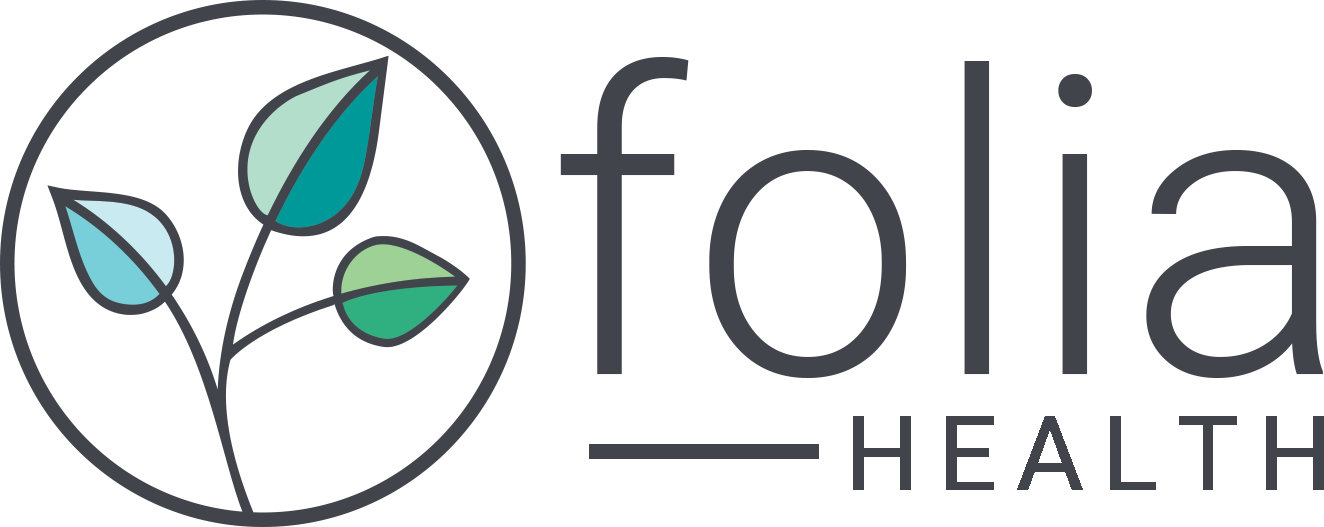How Your Insights Shape PNH Research
You’ve been tracking in Folia- so you might be wondering, how does this actually impact research? Great question! Here’s how your tracking helps move PNH research forward.
1. Turning Personal Insights into Community Knowledge
You’ve probably seen your personal insights in the Folia app (tap the lightbulb at the bottom of your screen!). These are meant to help you understand:
How you’ve been feeling lately
Whether your symptoms are improving or worsening
Which symptoms, if any, are flaring up most often
How you manage flare-ups
Patterns between symptoms and treatments (shown through graphs), which you can generate at the bottom of your Insights section
These insights are so valuable; they can help you determine if a treatment is worth the side effects, better understand your body and the signs it gives you just before a flare-up, and show your doctors how you’re doing in a very tangible way. In essence, these insights start to paint your personal picture of what your health looks like.
Now imagine combining insights from hundreds of PNH patients. Your personal picture now becomes a small piece of this larger puzzle that accurately depicts what living with PNH is like. How does it manifest? What symptoms are occurring more and less commonly? Can we cluster these symptoms based on different phenotypes? That’s where the Folia research team comes in!
Let’s think through an example (purely imaginary). Say you’ve been tracking unusual scarring- something not typically associated with PNH. But if 50 other patients report the same thing? That’s a pattern. That’s a clue. And it only came to light because you took the time to track it.
Traditional research often limits patients to checking boxes on a survey, Folia gives you the power to say, “Here’s what I’m actually experiencing”- even if it doesn’t fit the standard mold. Everything you report on your Folia app makes your personal picture, and this larger picture more colorful and more accurate. And, if you’re in our research studies, you’ll get community insight reports that show how your experiences compare to others (de-identified, of course). Is your fatigue level typical? Are others trying new treatments? These insights may even help guide some conversations with your care team.
We believe you should see the dataset you’re helping build. You’re a vital piece of the puzzle- and the full picture should never be a mystery.
2. Answering Big Questions
So, what kind of research questions do your insights help answer? Here are a few examples from our current PNH Study:
What are the most common symptoms actually experienced by PNH patients?
How frequently do PNH patients experience a symptom flare-up?
Which symptoms are most likely to flare?
How satisfied are patients with available treatment options?
We answer these questions by analyzing de-identified data from research study participants. Unlike surveys that rely on memory (which can be fuzzy), Folia uses real-time tracking—so the data reflects what actually happened, not what you remembered a week later.
This also means less pressure on you. At your next appointment, instead of trying to remember everything from the past few months, which is near impossible, you’ll already have a record of all your PNH symptoms and treatments. All you have to do is pull up your Folia insights!
And of course, your privacy is a top priority. We only use your data in a de-identified, aggregate form for research—never anything identifiable without your explicit permission. You can learn more in our privacy statement here, or just reach out to us.
Got questions about your data, how it’s used, or how you’re helping shape the future of PNH research? Email us anytime at research@foliahealth.com.



